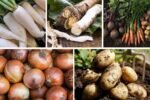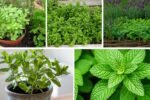There’s nothing quite like biting into a cool, crunchy cucumber straight from your own garden. Whether you’re adding them to fresh salads, pickling them for a tangy treat, or infusing them into refreshing summer drinks, homegrown cucumbers offer unbeatable flavor and satisfaction.
And the good news? Cucumbers are relatively easy to grow, making them a fantastic choice for both beginners and seasoned gardeners alike. In this detailed guide, we’ll walk you through how to start growing cucumbers successfully, from choosing the right variety to planting, caring, and harvesting.
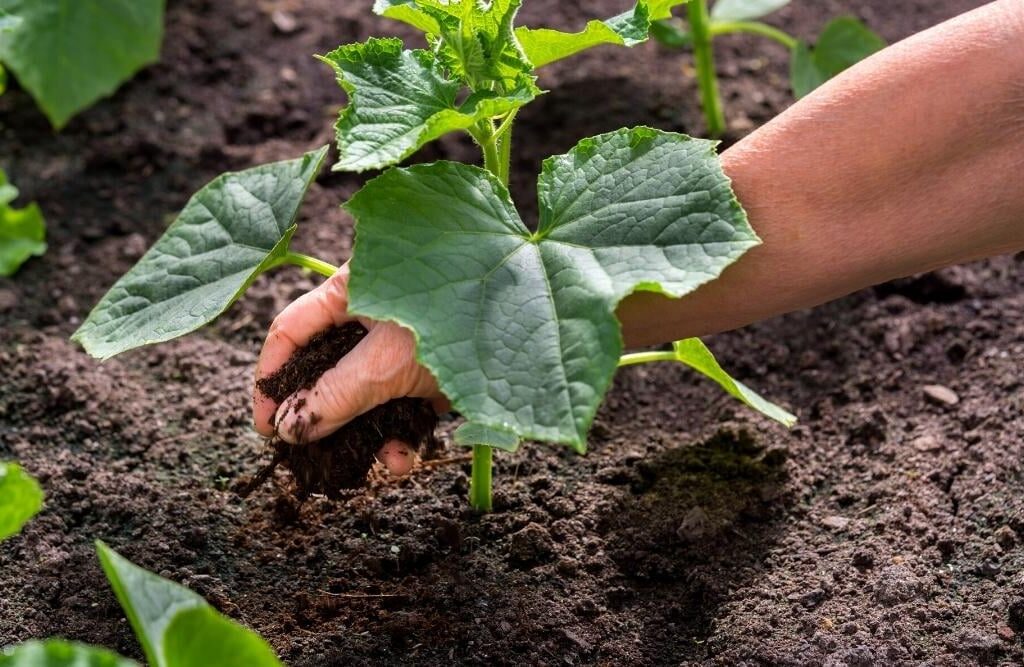
Why Grow Your Own Cucumbers?
Before we dive into the how-to, let’s talk about why you should consider growing cucumbers in your garden:
- Freshness you can taste: Homegrown cucumbers are crisper, juicier, and more flavorful than store-bought ones.
- Save money: A single plant can produce dozens of cucumbers in a season.
- More variety: Explore unique heirloom or specialty cucumber types rarely found in stores.
- Chemical-free produce: Control what goes into your soil and onto your plants.
- Therapeutic hobby: Gardening reduces stress and gets you outdoors.
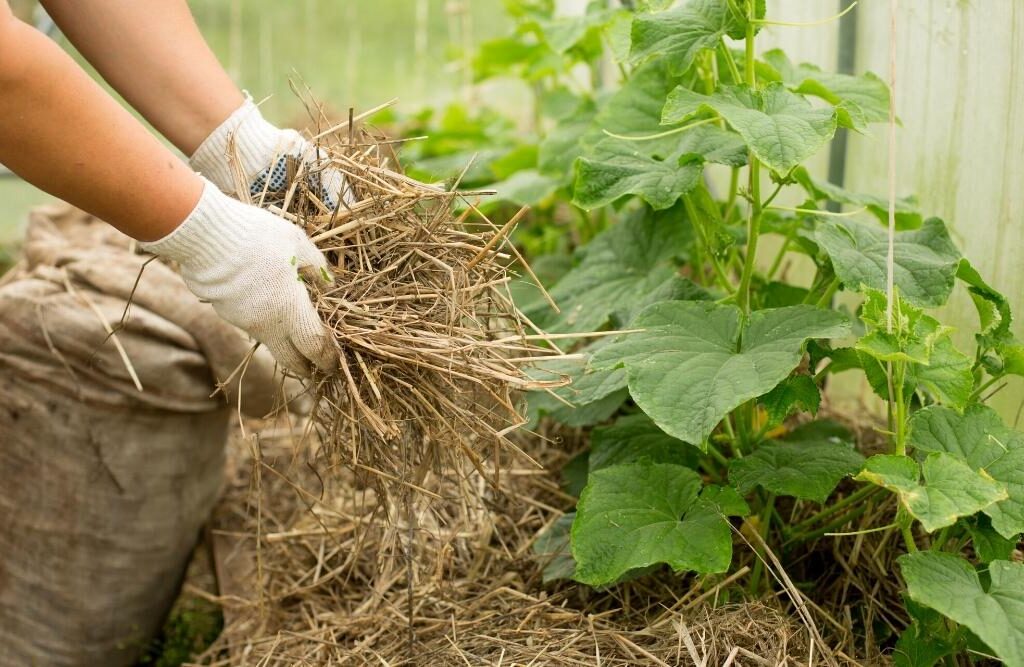
Types of Cucumbers to Grow
Cucumbers come in several varieties, but most fall into two main categories:
1. Slicing Cucumbers
- Large, smooth-skinned cucumbers typically eaten fresh.
- Varieties: Marketmore, Straight Eight, Diva
2. Pickling Cucumbers
- Shorter, bumpier, perfect for making pickles.
- Varieties: Boston Pickling, National Pickling, Bush Pickle
You’ll also find specialty types like Lemon Cucumbers (round, yellow fruit) or Armenian Cucumbers (long, ribbed, and heat-tolerant).
Decide based on your purpose, available space, and climate.
When to Plant Cucumbers
Cucumbers are warm-weather plants that thrive when soil temperatures stay consistently above 65°F (18°C).
Planting time:
- Outdoors: 2 weeks after the last frost date in your region.
- Indoors: Start seeds 3-4 weeks before transplanting outside if you have a short growing season.
Cucumbers are fast growers and typically mature within 50-70 days depending on variety.
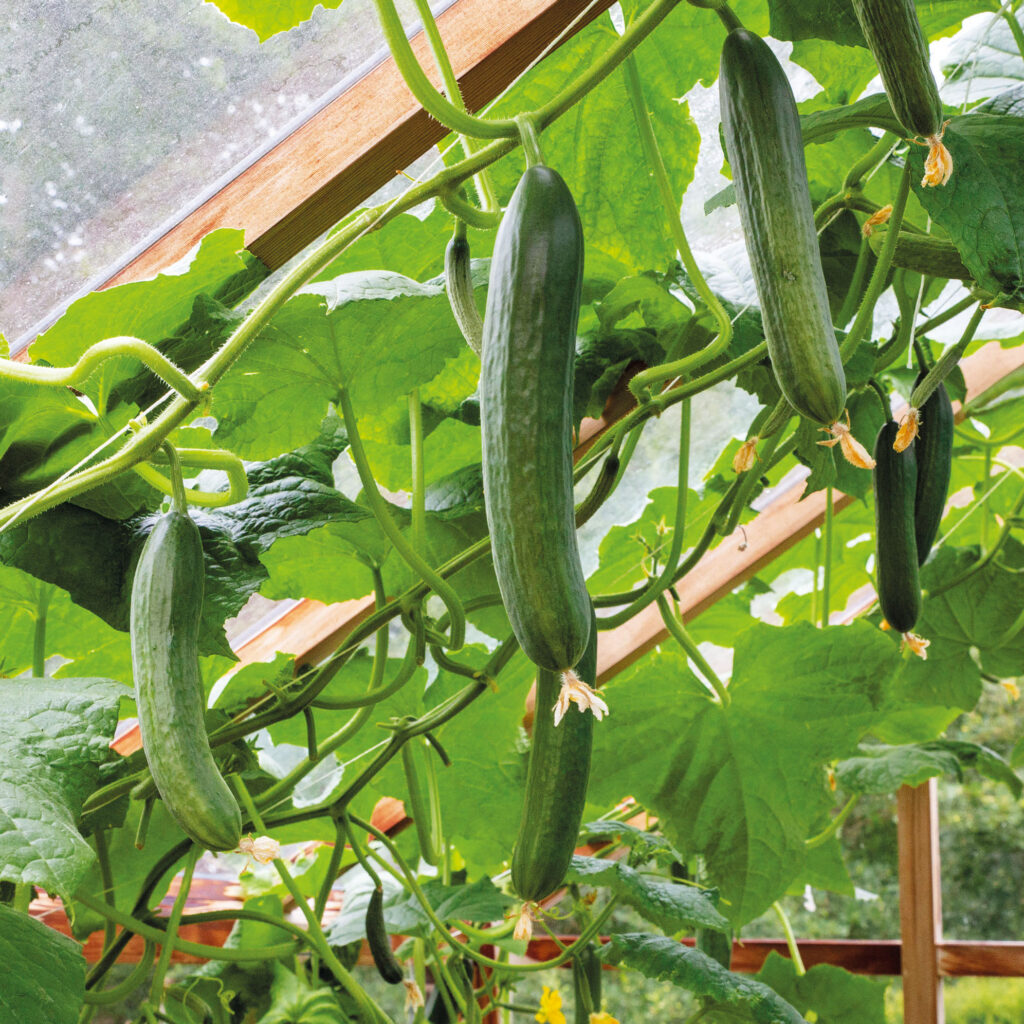
Starting from Seeds vs. Transplants
Starting from Seeds
- Most gardeners prefer direct seeding because cucumbers dislike root disturbance.
- Seeds germinate quickly in warm soil — within 3-10 days.
Starting from Transplants
- Only necessary in areas with a very short growing season.
- Start seeds indoors in biodegradable pots to minimize root disruption when transplanting.
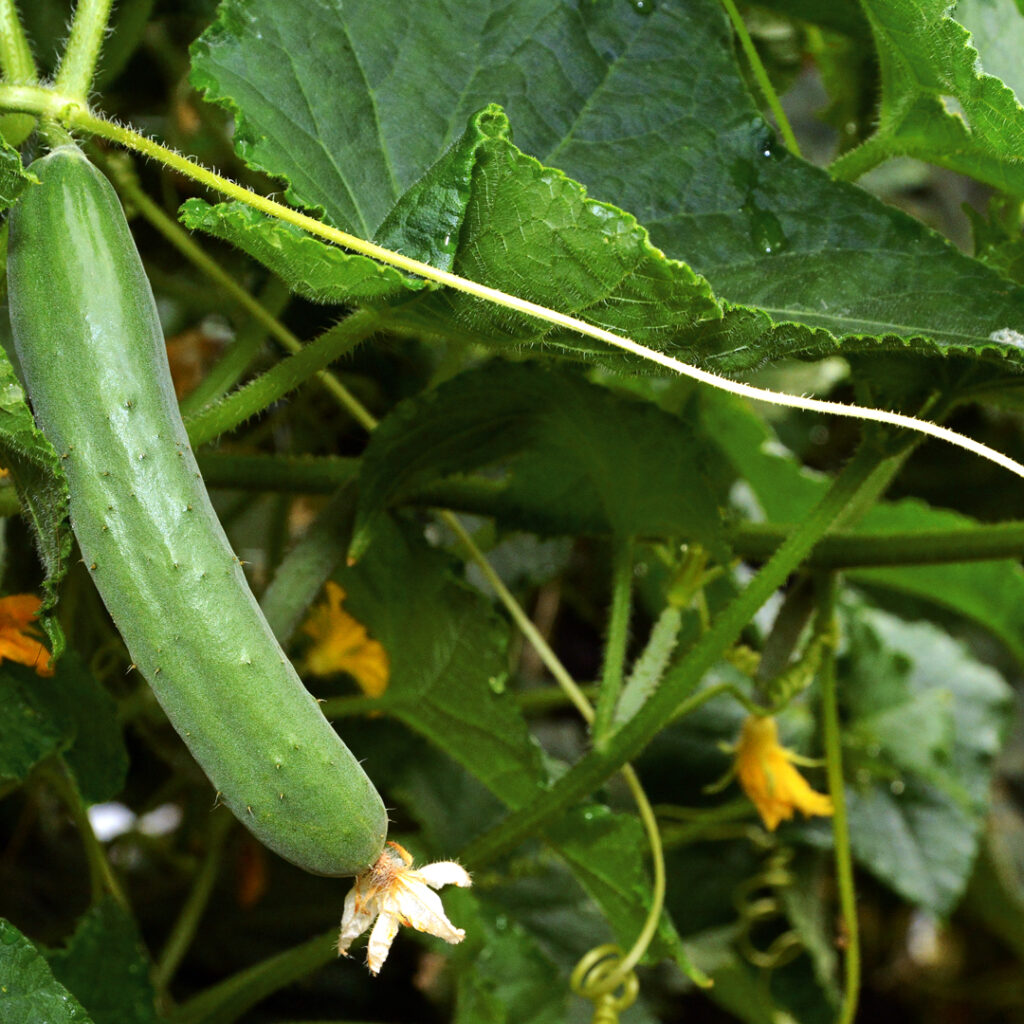
Preparing the Planting Site
Cucumbers need:
- Full sun: At least 6-8 hours of direct sunlight daily.
- Well-drained soil: Rich, loose, and slightly acidic to neutral (pH 6.0-7.0)
- Protection from strong winds
Improve soil quality by:
- Adding compost or aged manure for fertility and moisture retention.
- Mixing in a balanced, organic fertilizer before planting.

How to Plant Cucumbers
Spacing:
- Bush varieties: 12-18 inches apart in rows 3 feet apart.
- Vining varieties: 36-60 inches apart, or plant at the base of a trellis.
Planting Depth:
- Sow seeds 1 inch deep.
- Thin seedlings to recommended spacing after they sprout.
Pro tip: Trellising vining cucumbers saves space, improves air circulation, and keeps fruit clean.
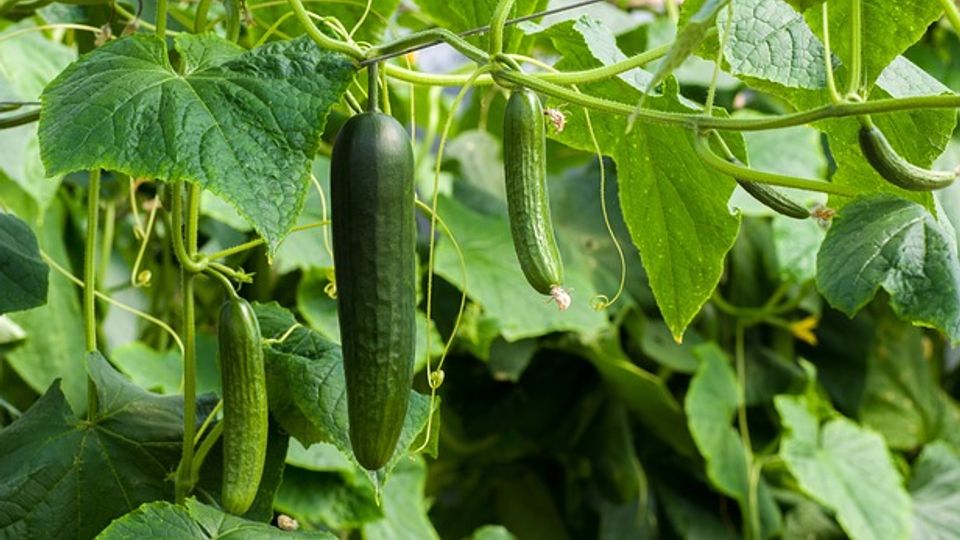
Caring for Cucumber Plants
Once planted, cucumbers are relatively easy to maintain, provided you meet their water and warmth needs.
Watering
- Cucumbers require consistent moisture.
- Water deeply once or twice a week, more in hot or dry conditions.
- Avoid getting leaves wet to reduce disease risk.
Mulching with straw or shredded leaves retains soil moisture and suppresses weeds.
Fertilizing
- Apply a balanced, all-purpose fertilizer at planting time.
- Side-dress with compost or liquid fertilizer every 3-4 weeks during growth.
- Avoid excess nitrogen, which encourages leaf growth over fruit production.
Trellising
- Essential for vining varieties.
- Keeps fruit straight and off the ground.
- Improves air circulation, reducing fungal diseases.
Use a simple A-frame trellis, fence, or tomato cage.
Pollination
- Most cucumbers require insect pollination.
- Attract pollinators by planting flowers like marigolds, zinnias, or nasturtiums nearby.
- If pollination is poor, hand-pollinate using a soft brush.
Common Cucumber Problems (and How to Solve Them)
| Problem | Cause | Solution |
|---|---|---|
| Yellow leaves | Overwatering, nutrient issues | Adjust watering, fertilize as needed |
| Powdery mildew | Fungal disease | Improve air circulation, use fungicide |
| Cucumber beetles | Sap-sucking pests | Use row covers early, remove by hand |
| Misshapen or bitter fruit | Heat stress, irregular watering | Water consistently, mulch well |
| Poor fruit set | Lack of pollination | Attract pollinators or hand-pollinate |
Harvesting Cucumbers
Timing is crucial for the best flavor and texture:
- Slicing cucumbers: 6-8 inches long, firm, and uniformly green.
- Pickling cucumbers: 2-4 inches long for best pickling quality.
- Pick cucumbers every 1-2 days once they start maturing to encourage continuous production.
Use pruning shears or gently twist fruit from the vine to avoid damaging plants.
Storing and Using Homegrown Cucumbers
- Fresh cucumbers keep in the fridge for up to a week.
- For longer storage:
- Make quick refrigerator pickles.
- Can or ferment pickles for shelf-stable treats.
- Add to salads, sandwiches, smoothies, or infused water.
Final Tips for Successful Cucumber Growing
- Rotate crops yearly to prevent soil-borne diseases.
- Avoid planting cucumbers near potatoes or aromatic herbs like sage.
- Companion plant with radishes, beans, or nasturtiums to deter pests.
- Watch for signs of distress like wilting or discoloration and act promptly.
Conclusion
Growing cucumbers is one of the most rewarding (and refreshing) experiences for home gardeners. With minimal space and care, you can enjoy a bountiful harvest of crunchy, hydrating cucumbers all summer long.
Whether you prefer them fresh, pickled, or blended into cool drinks, cucumbers are a versatile, beginner-friendly crop worth adding to your garden. Follow this step-by-step guide, and you’ll be savoring homegrown cucumbers before you know it!



